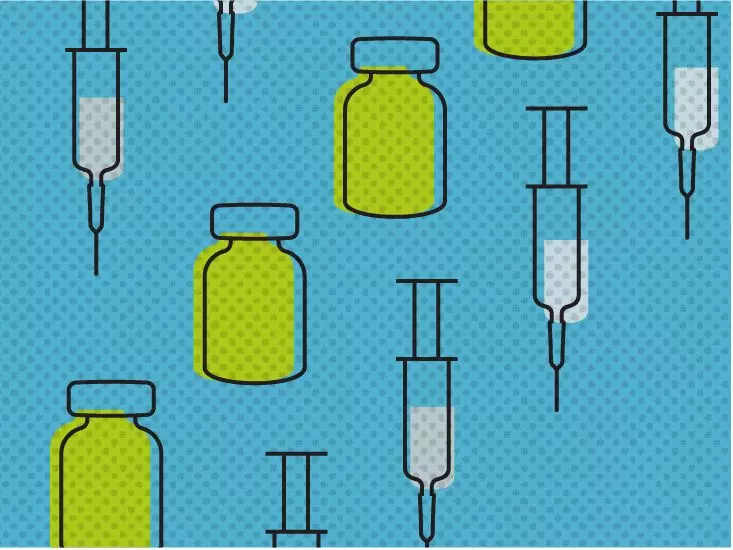In the realm of psychiatric medication, advancements in treatment for schizophrenia have ushered in new methods of managing this challenging mental health disorder. One notable development is Invega Hafyera (paliperidone palmitate), a long-acting injectable formulation that offers the convenience of being administered only twice a year. For individuals grappling with schizophrenia, this medication not only simplifies the treatment regimen but also enhances compliance, potentially leading to improved overall outcomes.
The Mechanism Behind Invega Hafyera
Invega Hafyera falls under the category of atypical antipsychotics, which are designed to stabilize mood and alleviate psychotic symptoms. By utilizing paliperidone palmitate as its active ingredient, this medication works by modulating the activity of neurotransmitters, particularly dopamine and serotonin, in the brain. This modulation can lead to an alleviation of symptoms such as hallucinations, delusions, and disorganized thinking. The unique formulation allows for a gradual release of the medication into the bloodstream, promoting a steady state of therapeutic effectiveness over six months.
Transitioning to Invega Hafyera
Transitioning to Invega Hafyera from previous treatments, such as Invega Sustenna (monthly) or Invega Trinza (every three months), necessitates careful consideration by medical professionals. The starting dosage is tailored according to the patient’s most recent medication intake and overall renal function. It reflects a pivotal aspect of psychiatric care: individualization. With schizophrenia being a highly variable disorder, understanding the patient’s history and therapy response plays a crucial role in optimizing treatment.
Medical practitioners utilize specific dosing tables as guidelines but retain the discretion to adjust based on observed efficacy and patient tolerance. This personalized approach helps foster a sense of partnership between patients and their healthcare providers, positively affecting treatment adherence.
Administration Protocol and Clinic Setting
Invega Hafyera’s administration is conducted via intramuscular injection, typically in a clinical environment, such as a doctor’s office or specialized pharmacy. The choice of the gluteal muscle for injection is intentional, facilitating optimal absorption and the medication’s gradual release into the systemic circulation. Such measures underscore the commitment to safety, wherein trained healthcare professionals administer the medication.
The emphasis on clinical administration also highlights an integral aspect of treatment: the importance of patient monitoring throughout the injection cycle. Regular interactions with healthcare providers foster opportunities to address any arising concerns, adjust dosages if necessary, and monitor for side effects—elements crucial for achieving effective treatment outcomes.
Potential Challenges and Patient Guidance
While Invega Hafyera represents a significant advancement, patients should be cognizant of potential challenges. Missing an injection appointment can disrupt the treatment trajectory, compelling patients to reach out promptly to their healthcare providers to discuss rescheduling. It is equally crucial for patients to understand that if more than six months elapse since their last injection, a return to monthly doses with Invega Sustenna may be warranted.
Moreover, communication about side effects should always be open. Patients need to be empowered to speak about any adverse experiences to ensure timely adjustments to their treatment plan. The importance of fostering a positive and transparent relationship with healthcare professionals cannot be overstated, as it significantly influences patient outcomes.
Long-Term Viability and Dosage Considerations
For many patients, Invega Hafyera may evolve into a long-term treatment strategy. The prospect of receiving medication only twice a year presents a refreshingly manageable alternative to more frequent dosing regimens. However, it is essential for medical teams to carry out regular evaluations to ascertain the ongoing efficacy of the treatment.
Additionally, doses may be adjusted based on feedback regarding the medication’s performance. Given that individual responses to psychiatric medications can significantly differ, the adaptability of treatment pathways is vital for achieving optimal management of schizophrenia.
Invega Hafyera stands out, not only as a treatment option but as a means of empowering patients through its user-friendly administration schedule and commitment to individualized care. This medication’s potential to sustain a longer-term treatment plan underscores a nuanced understanding of schizophrenia and fosters progressive attitudes towards mental health management.

